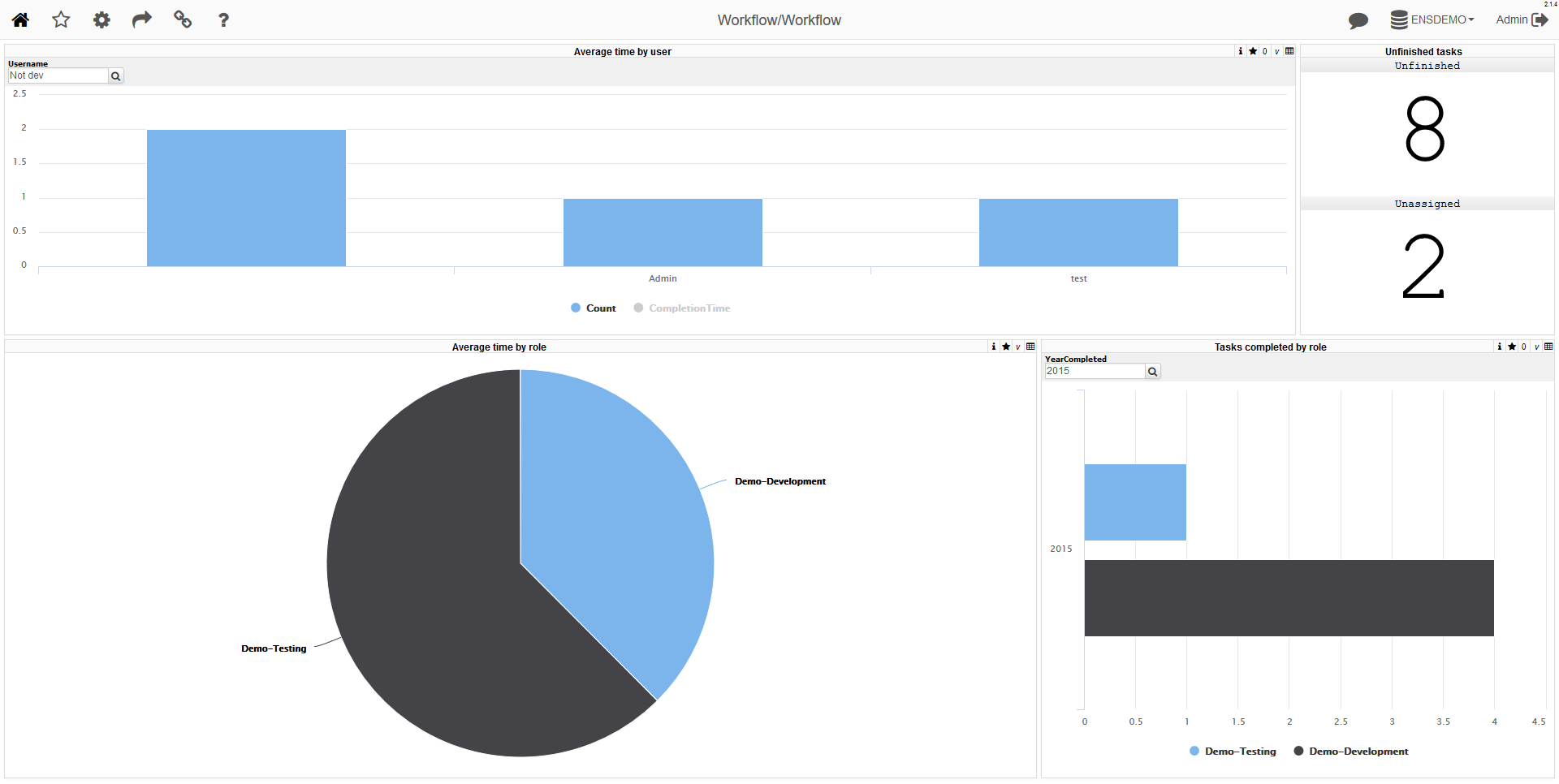Recently there was an internal email thread on which SMTP server to use in demos. I thought I'd share the comments from that thread:
- Person 1: I tried gmail (smtp.gmail.com, port 465) this morning, it works fine.
To use gmail, you must enable 2-step verification for your google account and generate App password. https://support.google.com/mail/answer/185833?hl=en Person 2: I use https://www.hmailserver.com




